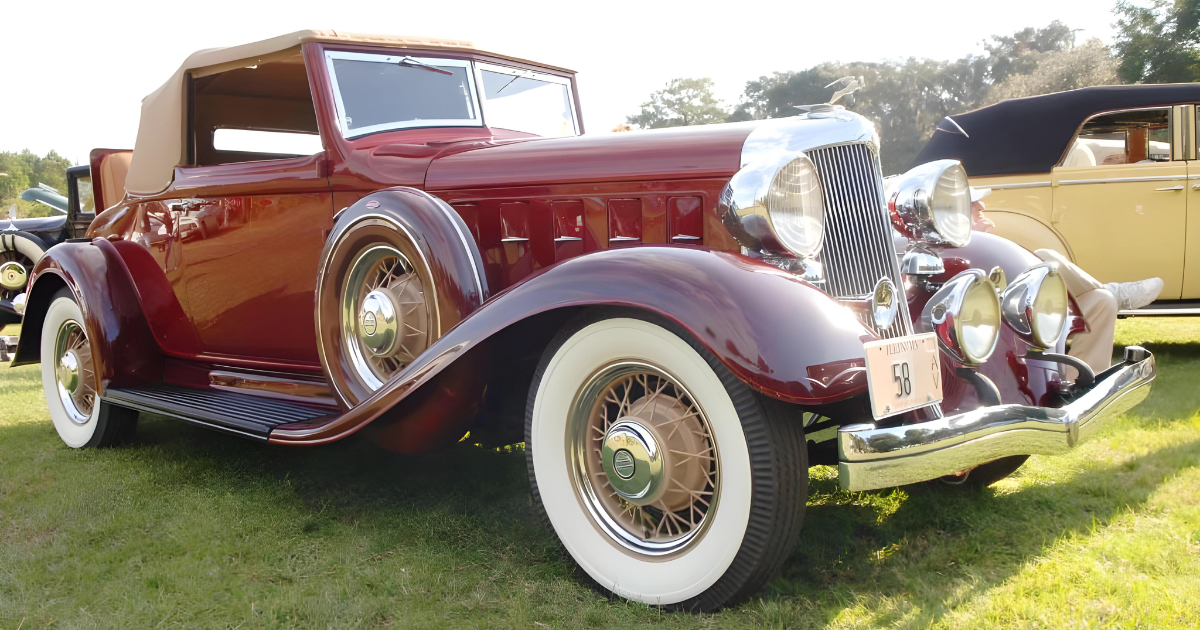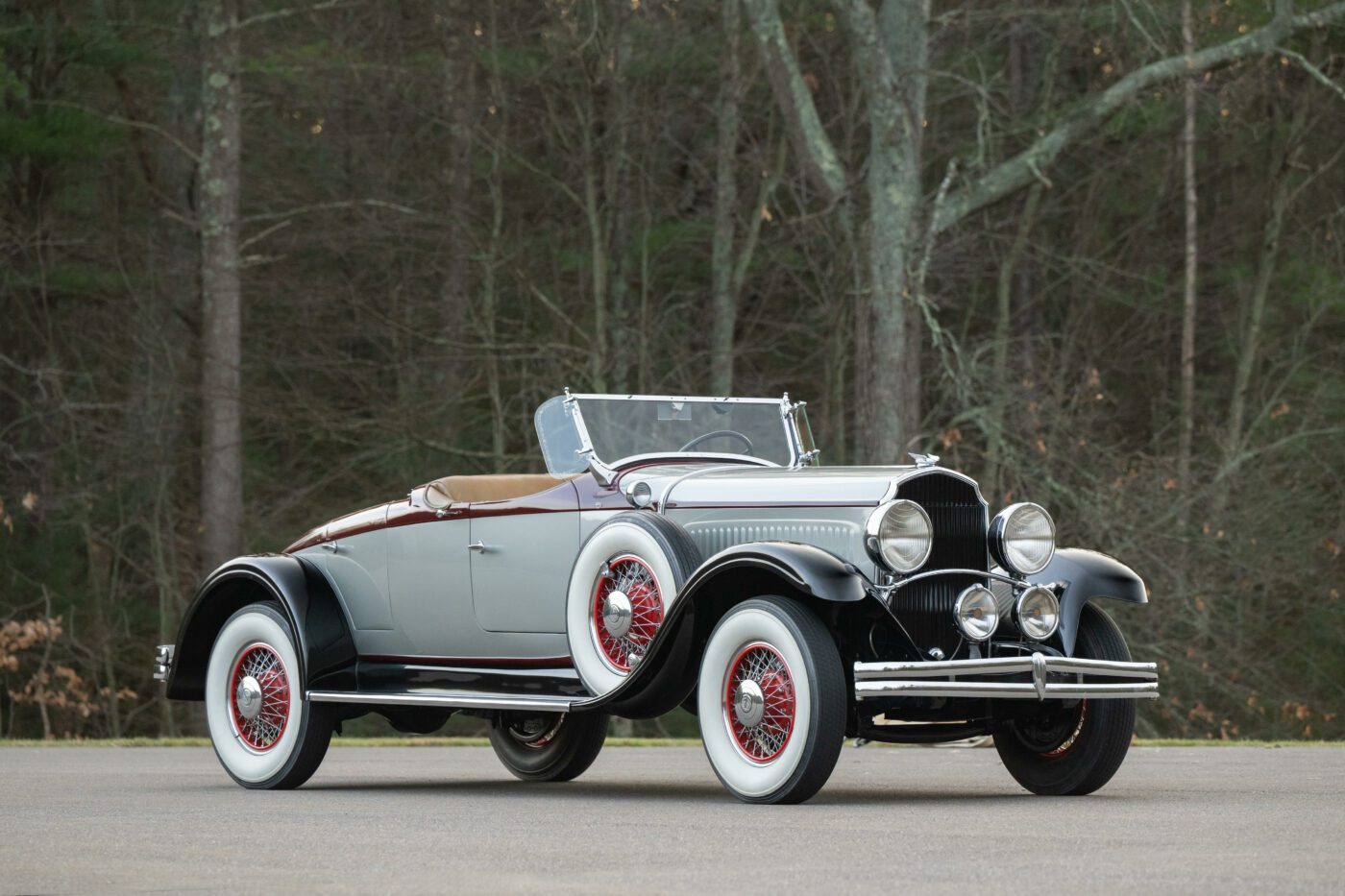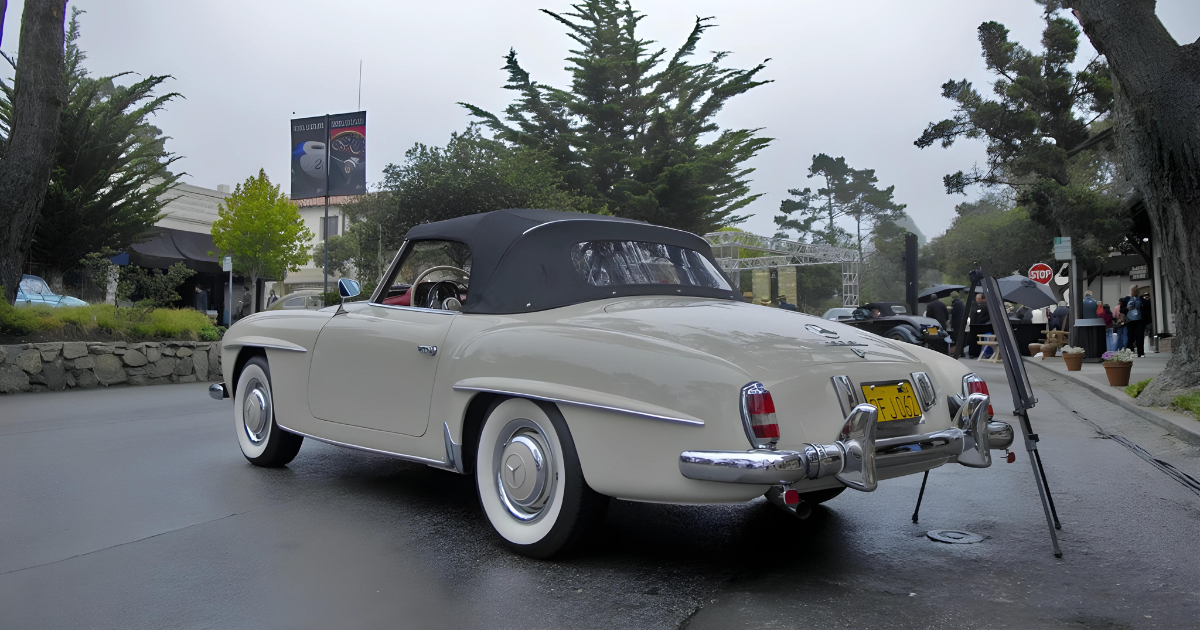
The Imperial, a luxury automobile brand produced by Chrysler Corporation, stood out during the late 1950s and early 1960s as a symbol of American automotive extravagance and innovation. Known for its distinctive styling, powerful engines, and limited production numbers, the Imperial convertibles from this era remain rare and highly sought after by collectors today.
During the late 1950s, Imperial underwent significant design changes under Chrysler stylist Virgil Exner. This era saw bold experimentation with tailfins, culminating in the 1961 Imperial, which featured some of the largest tailfins ever on an American car. These fins not only enhanced the car’s striking appearance but also mirrored the design trends of the time, drawing inspiration from rockets and space exploration imagery.
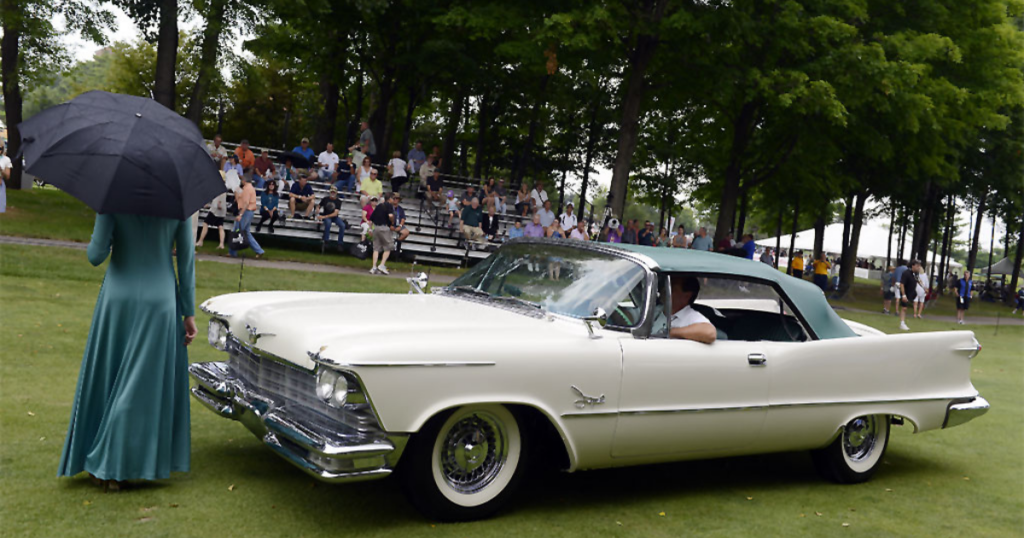
At the front end, Imperial’s design also evolved dramatically. The 1957 models were notable for introducing the industry’s first quad headlights, which provided a distinctive and futuristic look. However, by 1961, the headlights had transitioned to a controversial free-standing arrangement, emphasizing a departure from the traditional integrated grille and headlight design seen in earlier models.
A signature feature of many late 1950s Imperials, including those from 1957 and 1958, was the optional ‘Flite-Sweep Decklid.’ This design element simulated the appearance of a spare tire cover integrated into the trunk lid, adding a touch of elegance and visual interest to the rear profile of the car. This feature exemplified Exner’s emphasis on creating distinctive and luxurious details that set the Imperial apart from its competitors.
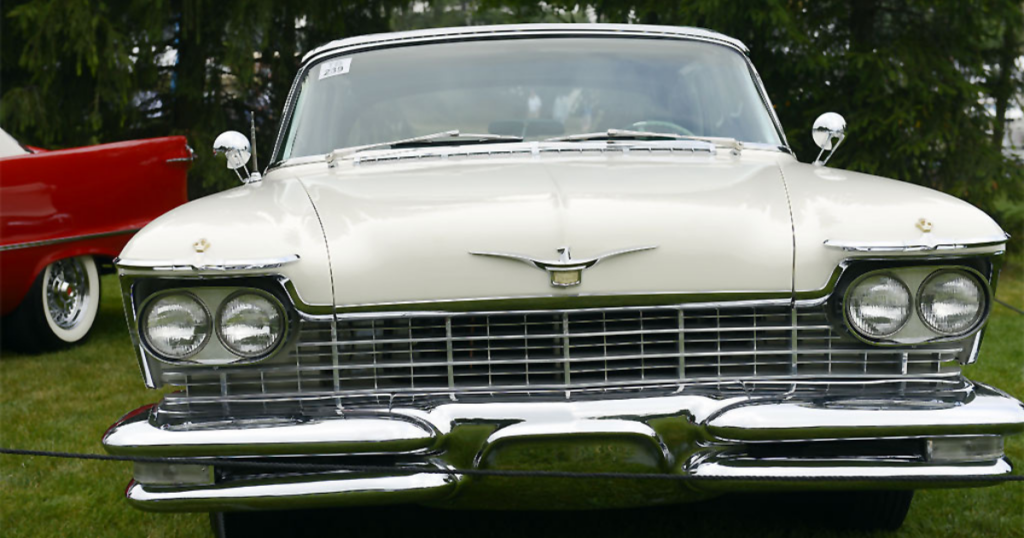
Under the hood, the Imperial was powered by robust V8 engines that matched its grandeur. The 1957 and 1958 models boasted the 392 cubic-inch ‘Hemi’ V8, renowned for its power and smooth performance. This engine provided ample horsepower and torque, ensuring that the Imperial delivered not just on style but also on driving dynamics. Starting in 1959, the engine lineup expanded to include the new 413 cubic-inch ‘wedge’ V8, which continued to uphold Imperial’s reputation for performance and refinement.
Production numbers for Imperial convertibles during this era were notably low, underscoring their exclusivity and desirability among luxury car aficionados. For instance, annual production peaked at only 1,167 units in 1957, marking a high point before declining to just 429 units by 1961. This limited production contributed to the Imperial’s allure, making it a rare sight on the roads then and a prized collectible today.
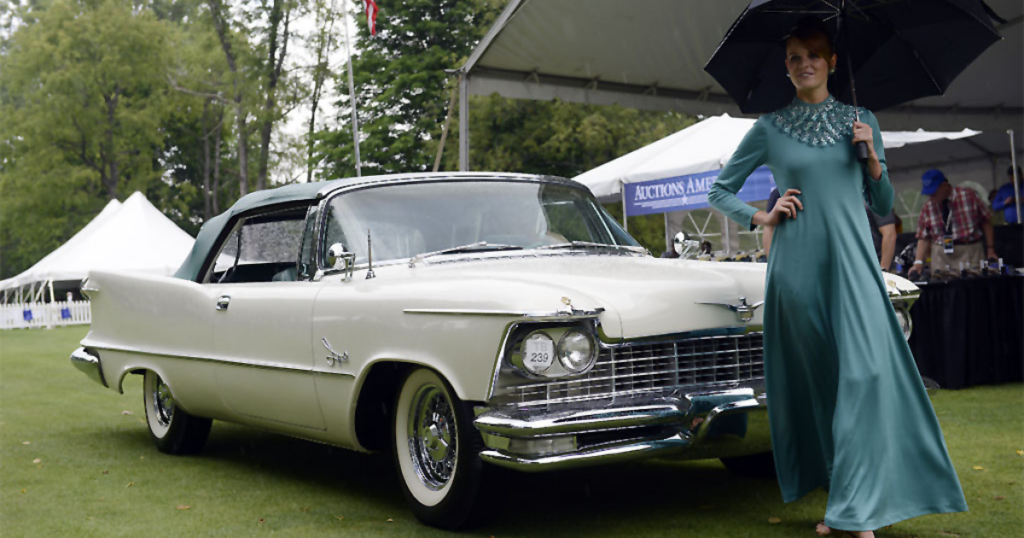
Imperial convertibles from the late 1950s and early 1960s embody an era of American automotive design characterized by bold styling, powerful engines, and luxurious appointments. They represent a time when car manufacturers like Chrysler were pushing the boundaries of creativity and innovation, creating vehicles that captivated the imagination and set new standards in automotive luxury.
Today, these Imperials continue to command attention at classic car shows and auctions, where their rarity, distinctive design, and historical significance ensure they remain coveted by collectors and enthusiasts alike. As symbols of an era defined by optimism, style, and technological advancement, Imperial convertibles from this period stand as enduring icons of American automotive history.

